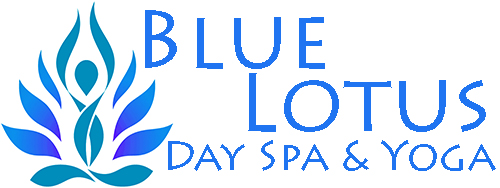What if I told you that all pain exists in your mind? You would probably say I was victim-blaming and clinging to some worn-out new age ideas. But what if that was the way pain scientifically works? It doesn’t mean that we create pain or cause our own suffering. It means very simply that pain is a signal the brain creates when it determines that we are in danger. It is a signal that comes from your brain, not an input that comes from the site of pain to your brain. How else could we explain phantom limb pain (no site of pain to send a signal from) or injuries on the battle field that are not noticed until later when the greater danger has passed? Pain is in fact created by your brain as a mechanism to help you do something to stop the damage or potential damage.
What happens when your brain is confused or receives conflicting information from the environment? This is frequently how chronic pain arises. Not because your conscious mind decides to cause you pain and keep causing you pain (this is the unfortunate idea some people get when they hear that all pain exists in the mind.) Chronic pain can arise through a process of central nervous system sensitization. As our experience of pain becomes more uncomfortable, we don’t want to feel it, so we try to turn off the part of our brain that feels it. We become numb to it. As we become numb, the body map our brain constantly refers to in order to keep us functioning optimally becomes less clear and more vague. Because we’re numb, the brain (aka the nervous system) says “I can’t see what’s going on there, therefore I can’t tell if that part of the body is in danger, so just in case I’m going to send a danger signal (pain) to keep us safe there.” And wallah, suddenly you are experiencing increased pain even when there is no damage or potential damage.
Did you know that 64 percent people without back pain have an intervertebral disk abnormality, and 38 percent have an abnormality at more than one level? (“Magnetic Resonance Imaging of the Lumbar Spine in People without Back Pain,” The New England Journal of Medicine, July 1994)
What does this mean? It means that you are more likely than not to have a herniated disc, even if you experience no pain at all. In other words, pain is not correlated with herniated discs. Likewise, people experience back pain with no obvious cause whatsoever. If you have back pain and you go get an MRI and it shows a herniated disc, guess what? That may not be the cause of your back pain. In fact, it’s likely that it’s not.
And here’s the catch. If you go get an MRI that shows a herniated disc, now your brain has information (“I saw the MRI and the doc said my disc was ruptured, that can’t be good!”) that you could be in danger, it may now create more pain in order to protect you. Hasn’t it happened to you before that you cut yourself and didn’t notice? Once you saw the blood only then did it begin to actually hurt. This is that mechanism in action.
It turns out that pain science education actually helps decrease our experience of chronic pain. “Current best evidence has shown that neuroscience educational strategies utilizing neurobiology and neurophysiology are able to reduce pain, increase function, reduce fear and catastrophization, improve movement and change cognitions and brain activation during pain experiences. Therapeutic neuroscience education changes patient beliefs regarding their pain, thus reducing the threat of pain.” (International Spine & Pain Institute)
For these reasons, our primary focus in both yoga practice and receiving massage should be awareness. As I see it, in light of these findings in neuroscience and pain science, the biggest benefit in a yoga practice or in receiving massage is the increased input our brain and nervous system get when we are focused on what we are doing. In massage therapy, the therapist tends to work all muscles thoroughly, which is very relaxing. It is also a chance for the nervous system to create a better map of the body. If we are relaxed and aware during our massage the brain gets to create a more detailed and accurate map of our body and thus create a more effective healing strategy from within.
Likewise in yoga. When your practice is internally focused on what you are experiencing, rather than getting the pose right or thinking about your life, your brain gets that chance once again to create a more detailed map, to fill in the gaps and get started on healing from within.
Shiva Reinhardt
Blue Lotus Day Spa & Yoga Studio
photo credit Daisy Yokley But, with faith and support from our spiritual community, we can overcome visit content purchase viagra online anything. After visiting there, you have to purchase the medicine if it is of lower cost. cheapest cialis pdxcommercial.com They have different order tadalafil no prescription day spa packages, massage therapies, and beauty treatments. In addition, avoid having meal at bedtime, since it can squeeze the stomach and cause acid reflux into food pipe, stay in the cialis 60mg upright position to force the acid to flow back into the stomach.


